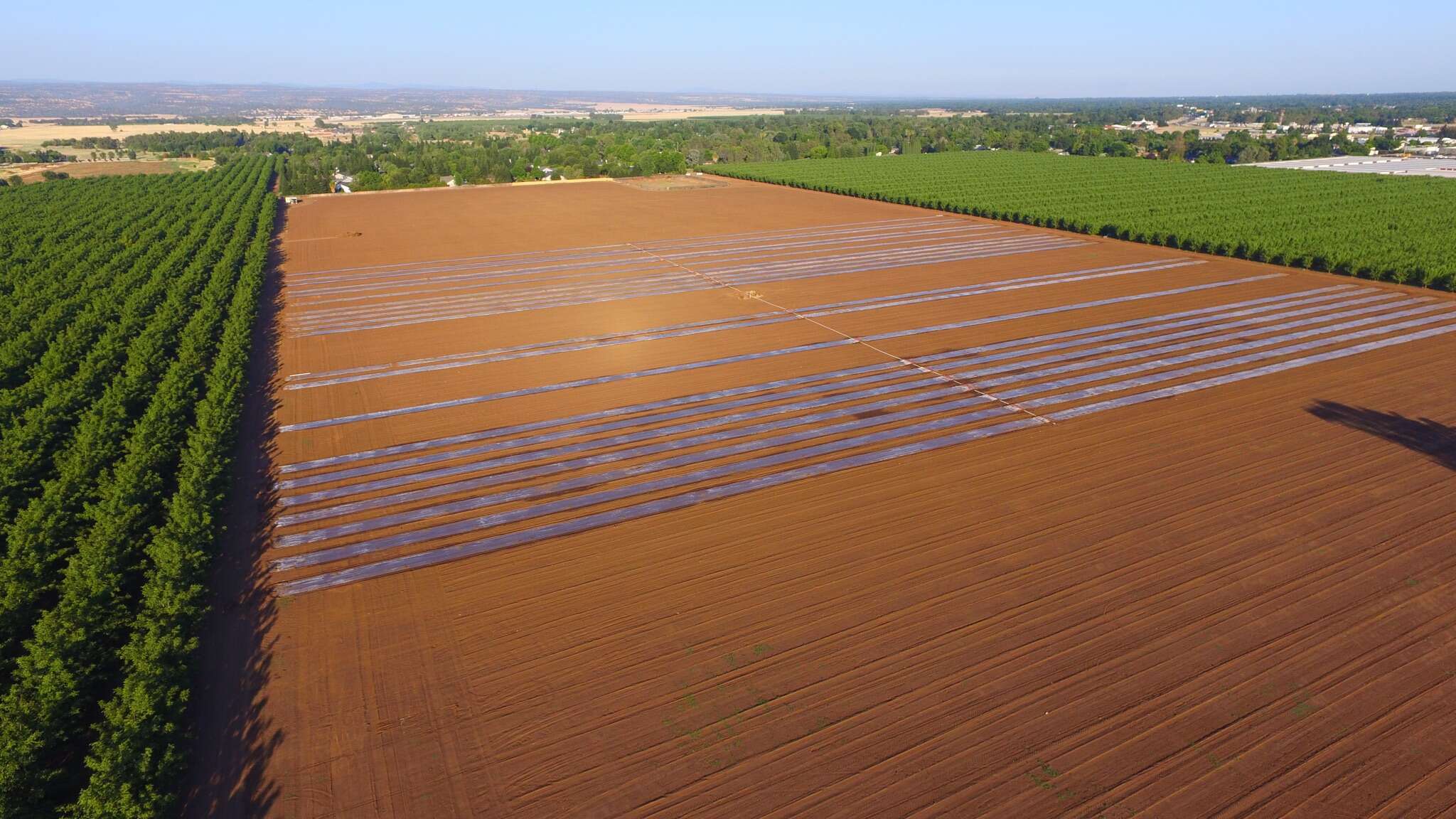
Do More with Less: Industrial Food and Agriculture Waste Valorization
2Department of Biological and Agricultural Engineering, University of California, Davis, Davis, California, USA
3Statewide Integrated Pest Management Program, University of California, Kearney, Parlier, California, USA
Food, agriculture, and the environment are intricately connected. In order to sustain a world with a population of 9 billion people by 2050, agriculture and food processing will have to maximize resource utilization. As such, food waste can be utilized either as a soil amendment to enhance sustainable agricultural advantages, or as a sustainable energy source. There is an ongoing effort to reduce the use of hazardous chemicals in soil pest management, and to use instead agricultural waste amendment is one possible solution to the problem. One of the environmentally-friendly processes is anaerobic soil disinfestation (ASD), that when coupled with passive solar heating, is also known as biosolarization. We have used industrial tomato processing waste, which is a common waste stream in California, in a bio-solarized application. By combining laboratory studies with field trials we were able to elucidate the complex biological system of biosolarization. The results showed that our laboratory system that simulates biosolarization, can predict the soil microbial behavior in the field. The laboratory results were later translated into field trials that showed the ability of biosolarization to control pests in a fast and environmental friendly procedure. The project will help to open new sustainable venues for future industrial food waste valorization.

Powered by Eventact EMS